

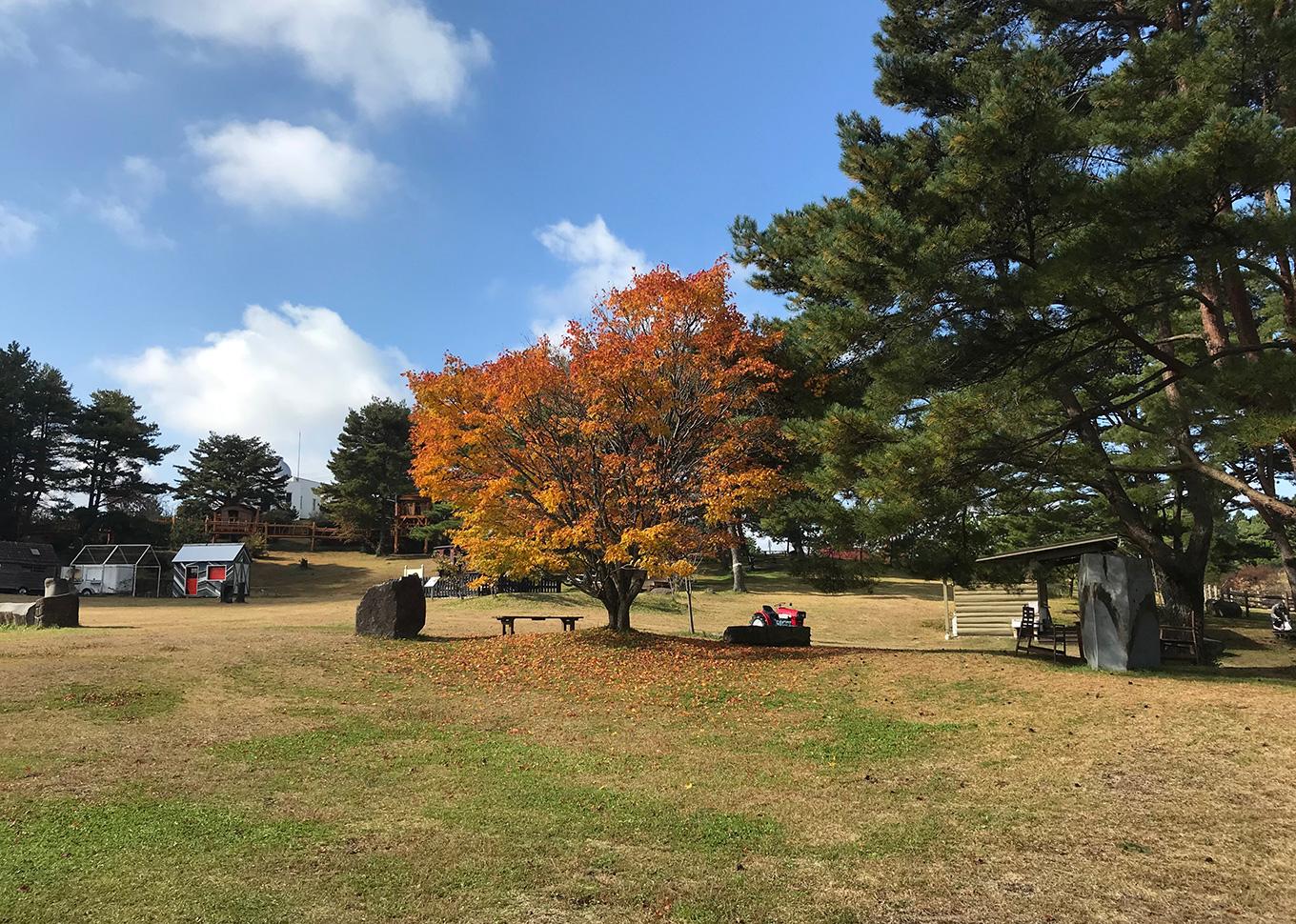
How to create a tangible unity for Tiergarten?
How can we embody Peace Winds activities in this place?
How to involve visitors to take over?
Ropescape gathers several installations made out of rope, spread over the site: Meeting point, Watering place, Sundial, Climbing Wall. The rope symbolizes the link between all the activities in Tiergarten. It is also a tool addressing the notion of rescuing, one of the main activities of Peace Winds.
The Meeting point highlights the relationships between human and animals, especially dogs rescued here. It is a playground for taming dogs.
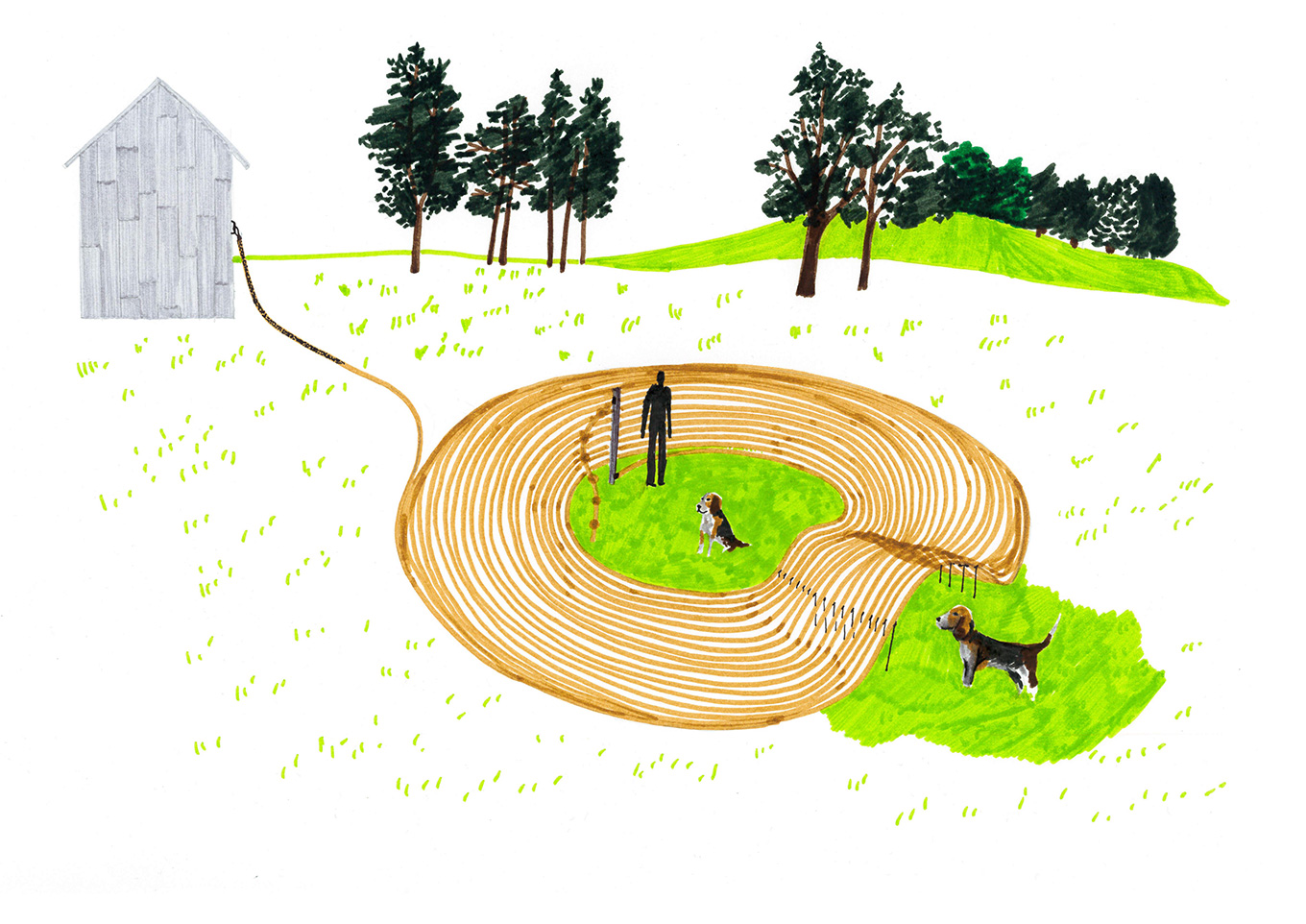
Meeting point, sketch, 2017.
The Watering place tells about relationships between human and plants. It invites to take care of endangered plants with water.
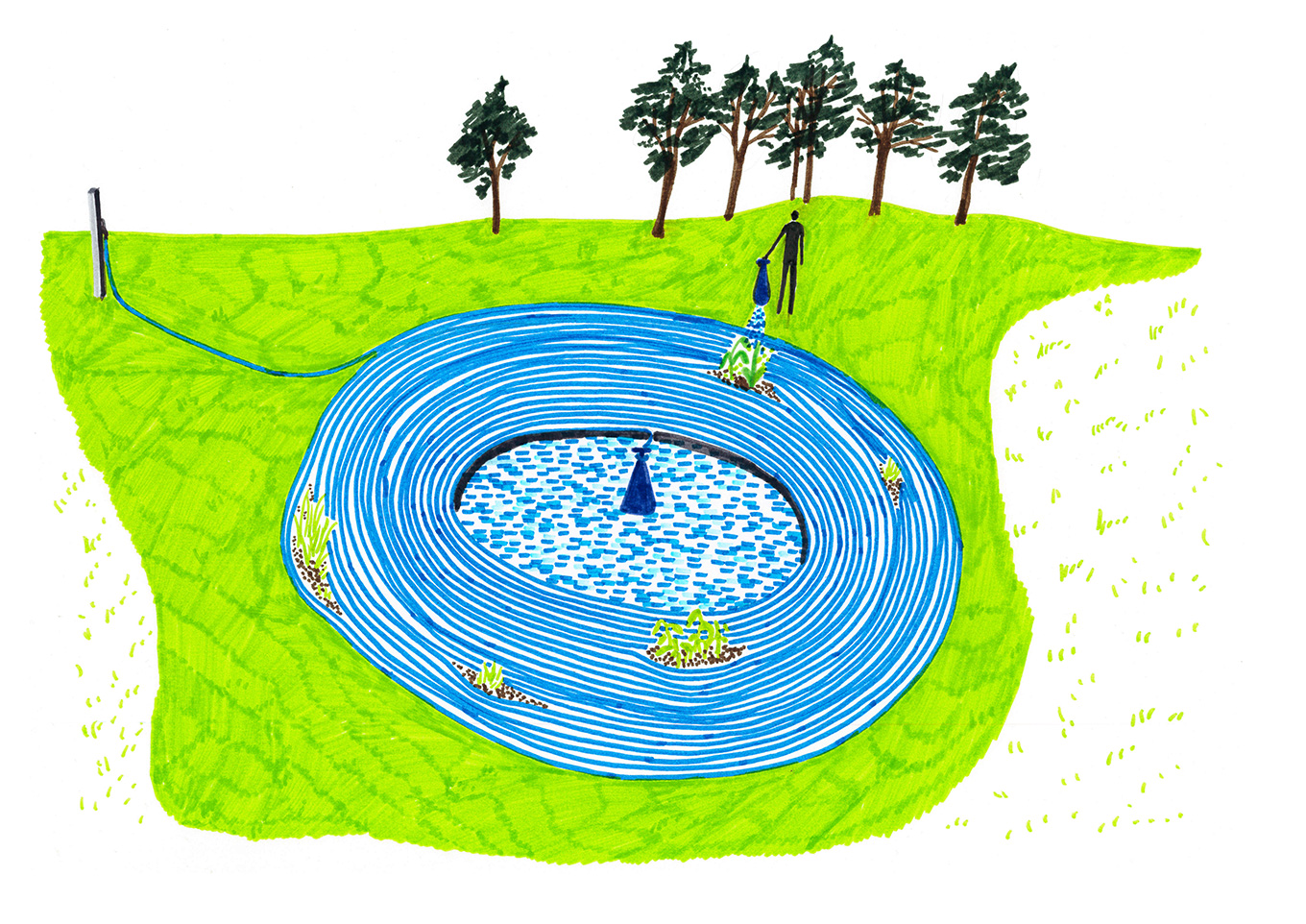
Watering place, sketch, 2017.
The Sundial allows people to read solar time. It is based on the principle of the analemmatic sundial, which uses the human body to convey temporal information.
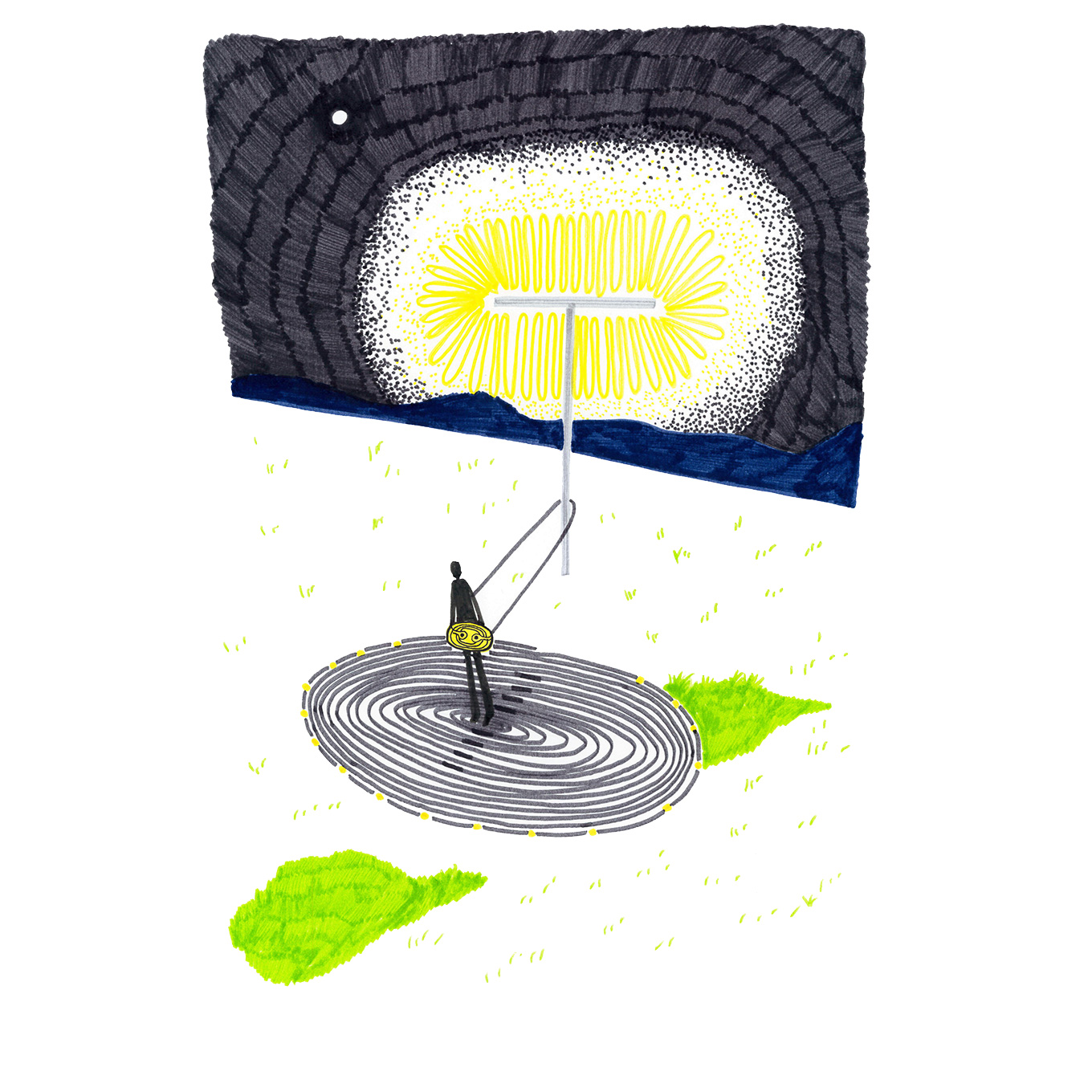
Sundial, sketch, 2017.
The Climbing Wall is an installation designed for children. It underlines relationships between human and landscape. Made out of color ropes, it represents a view of Tiergarten environment as a picture to climb.
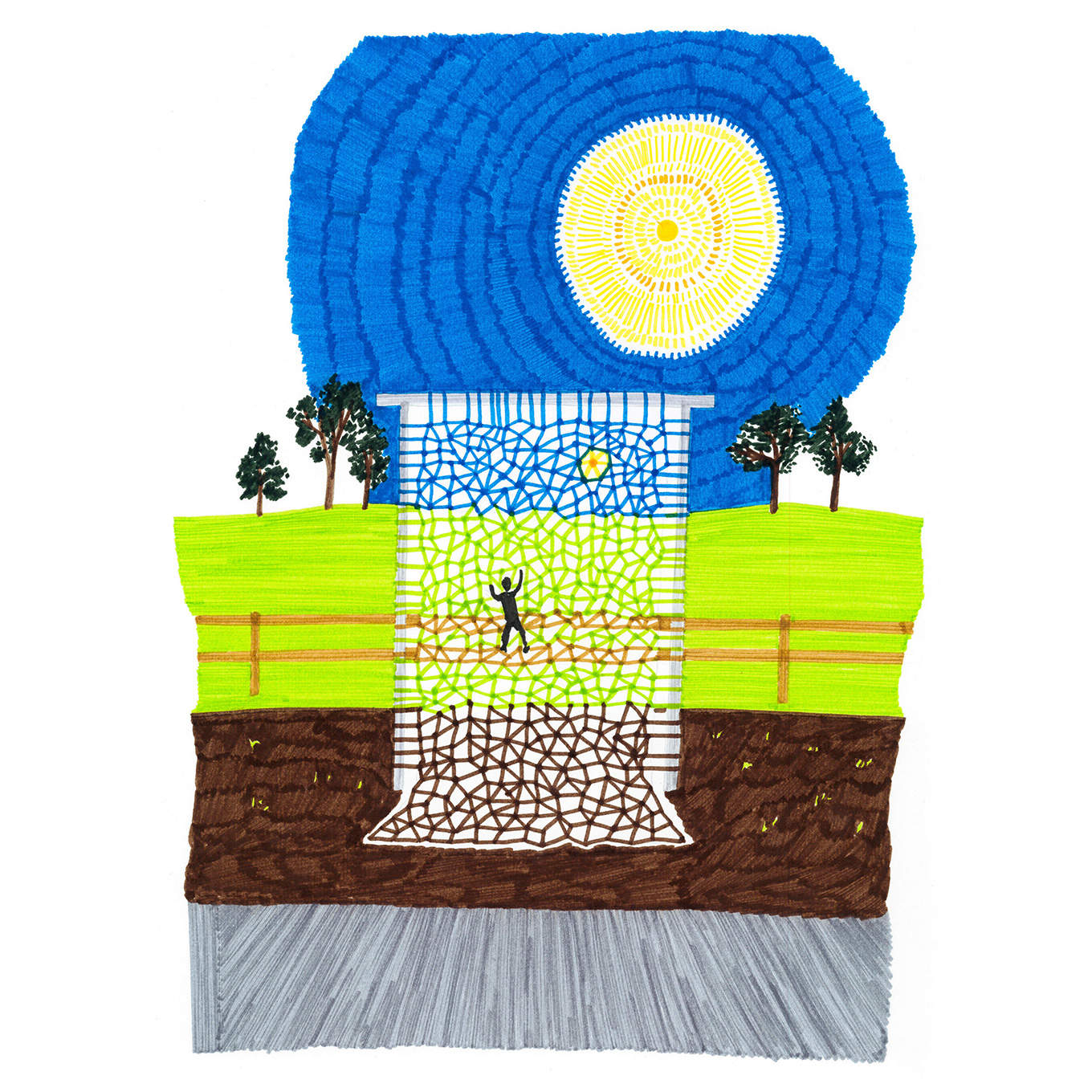
Climbing wall, sketch, 2017.
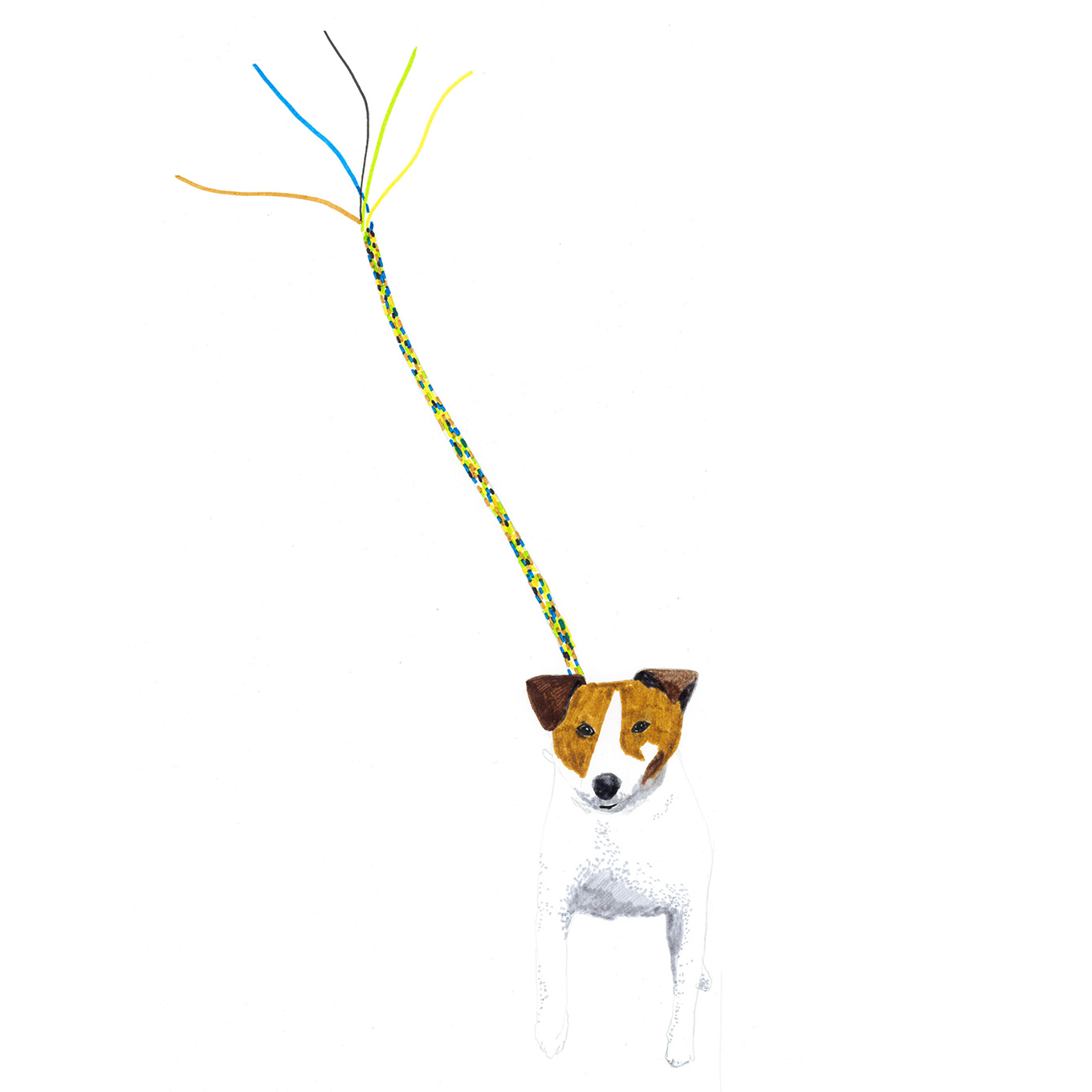
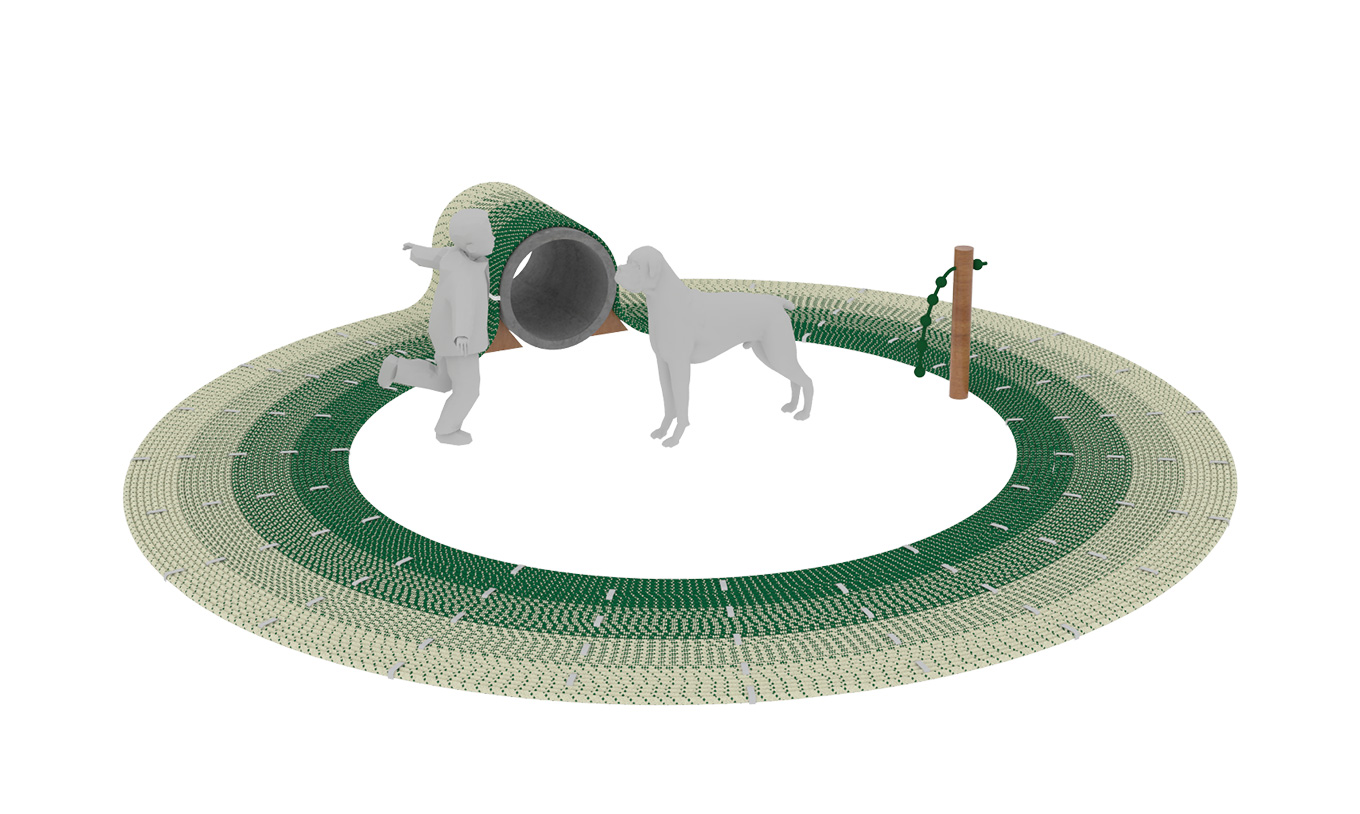
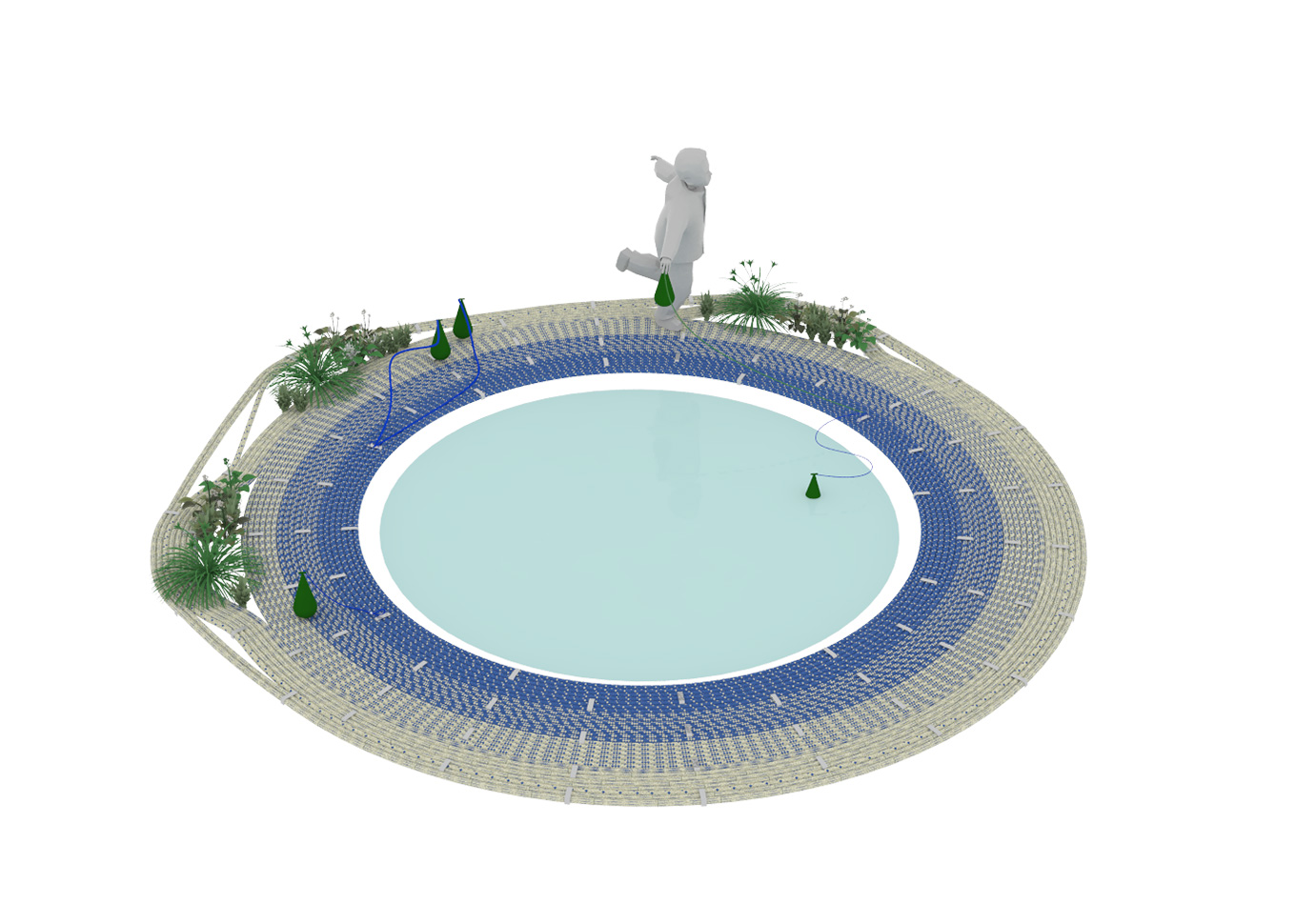
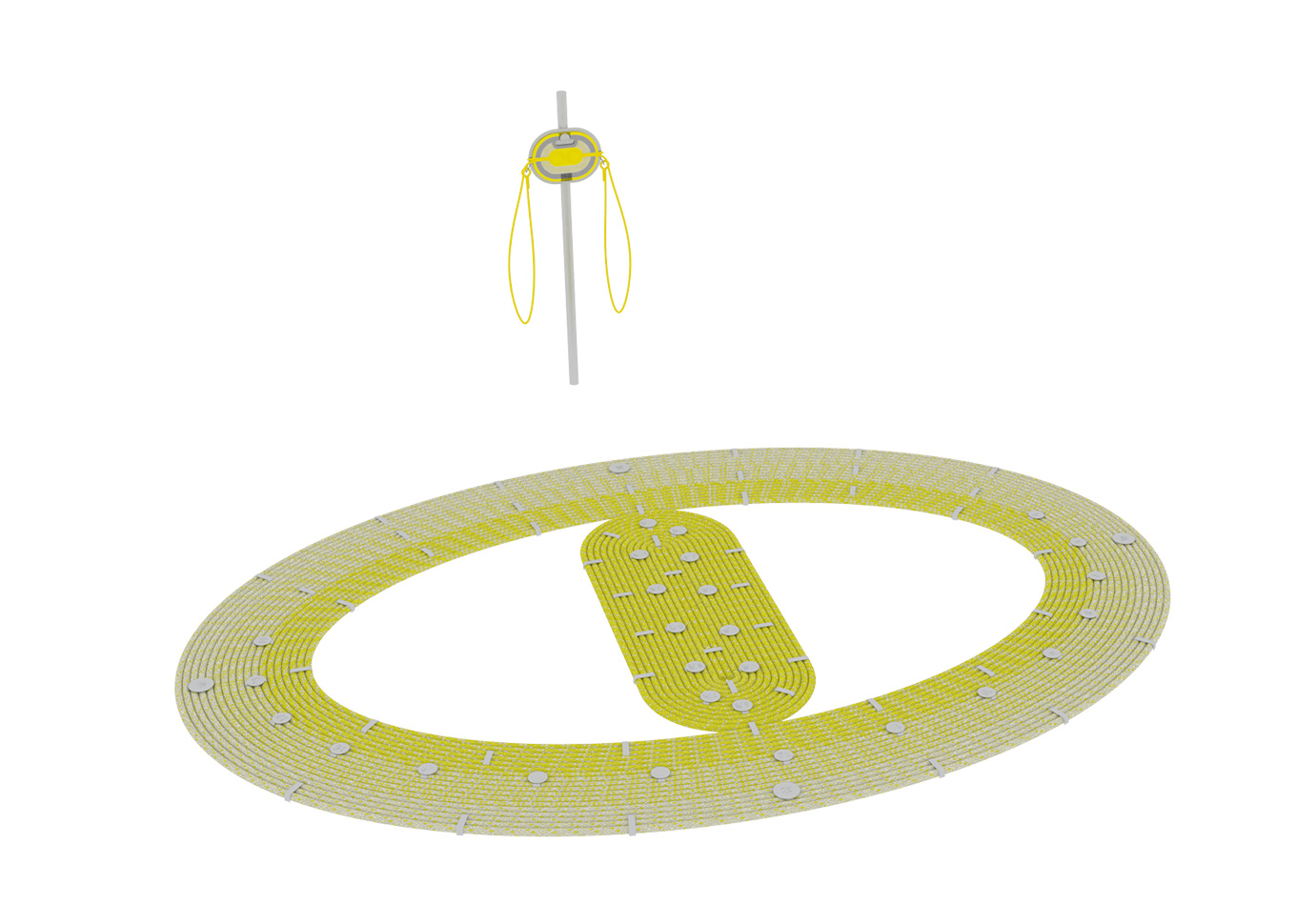
2017-2018
Study for three installations.
Jinseki kogen, Fukuyama prefecture, Japan.
Team: Isabelle Daëron, Marie-Sarah Adenis, Pauline Avrillon and Thierry Maytraud agency.
Thanks to Akiko Miyake.
Client: Peace Winds Japan

Home office: 17 rue Dombasle 75015 Paris
Workshop: 70 rue Jean Bleuzen 92170 Vanves
contact@studioidae.com
Designer and research designer, graduated from ENSCI-Les Ateliers and Esad in Reims, Isabelle Daëron designs scenarios connecting natural ressources and habitability. Her multifaceted approach focus on the fields of product design, urban design and spatial design. Her projects put into perspective the importance of environmental issues and their scope of application (flows, mobility, public space).
Some of her works, gathered under the « Topiques » — Topique-eau, a rainwater harvester ; Topique-ciel, a sky mirror using rainwater ; Topique-feuilles, a leaves collector —received several awards: Lille design prize (2012), Grand Prix de la Création de la Ville de Paris (2013) and Audi Talents awards (2015). Isabelle Daëron’s work has been shown in France — Biennale internationale design in Saint-Étienne, D’Days in Paris and in the exhibition «Conversation(s) » at Musée d’Art Moderne de la Ville de Paris — and abroad — for the International Craft Design exhibition in Taipei, Grand-Hornu, CCA Kitakyushu in Japon, among others.
Awarded FAIRE DESIGN 2018 and MONDES NOUVEAUX in 2021, Isabelle Daëron has founded Studio Idaë whose activity operates in three main areas of activity acting in synergy: urban design, set design, and research.
Pauline Avrillon, product designer graduated from École Boulle joined the studio in 2017, and works on urban design projects. Jonathan Roditi, product designer graduated from Design Academy Eindhoven in 2015 and ENSAD in 2021, and Angèle Fourteau, product designer graduated from ECAL in 2017 joined the team in 2023.
Studio Idaë cooperates with various public institutions (Cité du design de Saint-Étienne, CAUE Rhône-Alpes, Domaine de Chamarande, Centre Pompidou, etc.), private companies (Hermès, Maif, Leroy Merlin, Balsan, Laorus, Suez environnement, etc.), municipalities (City of Paris, City of Rennes, City of Saint-Galmier, City of Le Rheu, etc.) as well as manufacturers (Cristal Saint-Louis).
Today, the team is dedicated to three main projects: objects related to water in Celtic mythology for the Maison du Littoral in Ploumanac’h, the design of urban developments, as well as the development of new shop windows for Hermès International and Hermès Japon.
Graphic design : Audrey Templier
Web development : Francis Josserand